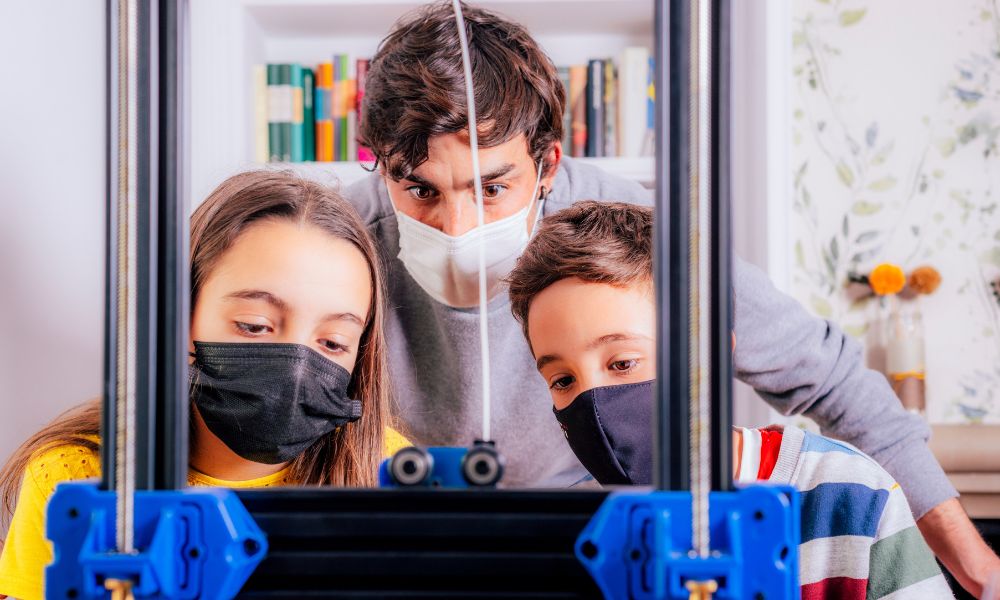
Technological advancements have brought about significant changes in our lives. One such innovative and emerging technology is 3D printing. 3D printing is revolutionizing the way industries operate. Apart from its industrial use, individuals can also use a 3D printer to create objects from a digital-based blueprint in the comfort of their homes.
While 3D printing is a remarkable technology, it has potential health hazards as well. During 3D printing, the printer can produces toxic particle that can harm health if inhaled or ingested. Let’s learn more about 3D printing health hazards and how to prevent them.
Choose the Material Carefully
The first step to preventing any 3D printing health hazard is selecting the appropriate material for the printer. Some materials contain harmful chemicals, while others are safer to use. For example, industrial-grade materials, such as ABS, nylon, and polycarbonate, are best to avoid since they emit fumes that are unsafe to breathe. Instead, you can use safer materials, such as PLA, PETG, and TPU.
Use a Ventilation System
3D printing produces toxic particles that pose health risks if inhaled or ingested. To prevent such risks, install a proper ventilation system. This step is just one of the safety tips to reduce 3D printing fumes and improve air quality.
Wear Protective Gear
Wearing protective gear while 3D printing is critical in safeguarding yourself from potential health hazards. When printing, ensure you wear gloves, goggles, and a mask. This protection will prevent inhalation of toxic particles and protect your eyes and hands.
Keep the Workspace Clean
The work area must be tidy and well ventilated to remove toxic particles that may accumulate in the air. Wipe the workspace, the printer, and the filament spool regularly. A clean workspace will minimize the gathering of toxins and hazardous particles.
Handle the Printer Carefully
Handling the printer and its microscopic filaments carefully is essential when operating the printer. This step means not touching the nozzle or hot end when they’re hot. Filaments can also produce cuts that release chemical dust into the air. Therefore, ensure you do not touch or inhale the dust when trimming or cutting the filaments.
3D printing is an exciting emerging technology with immense innovation potential. However, as with any other technology, 3D printing has potential health hazards that you must prevent. To leverage its benefits without compromising your health, you must take the necessary precautions and remain vigilant while printing. Following these guidelines, you can harness the countless possibilities of 3D printing while safeguarding your health.
